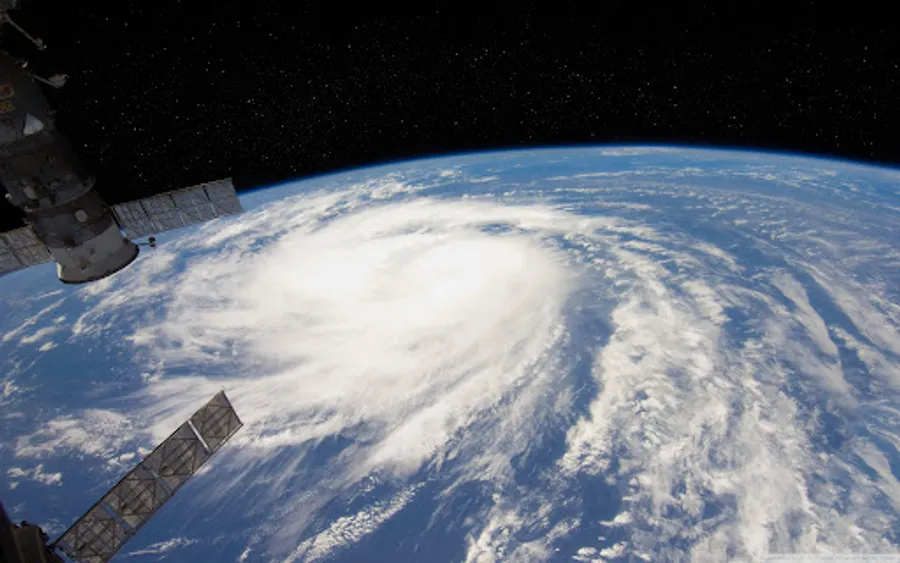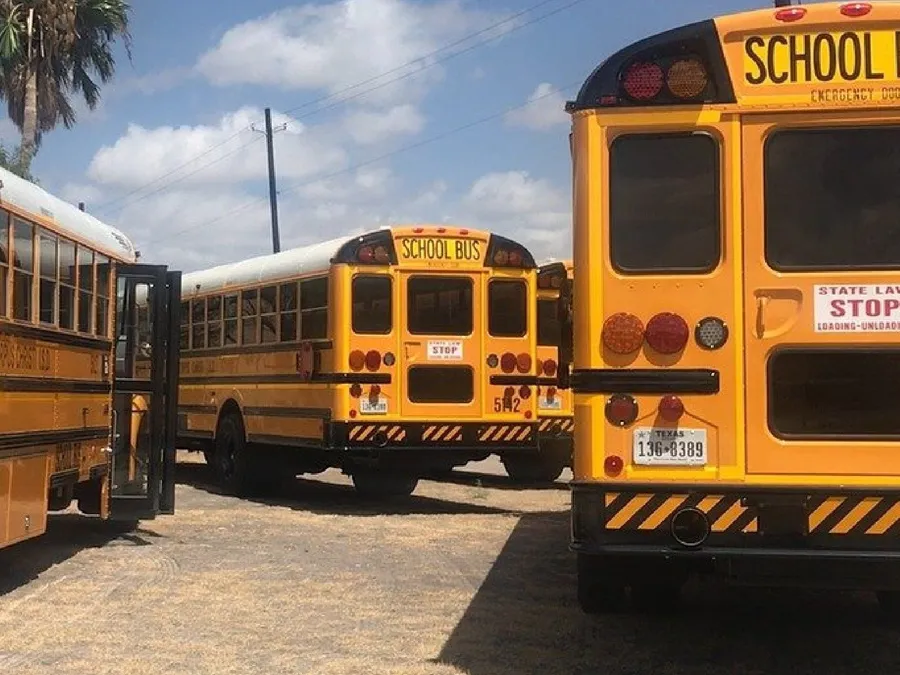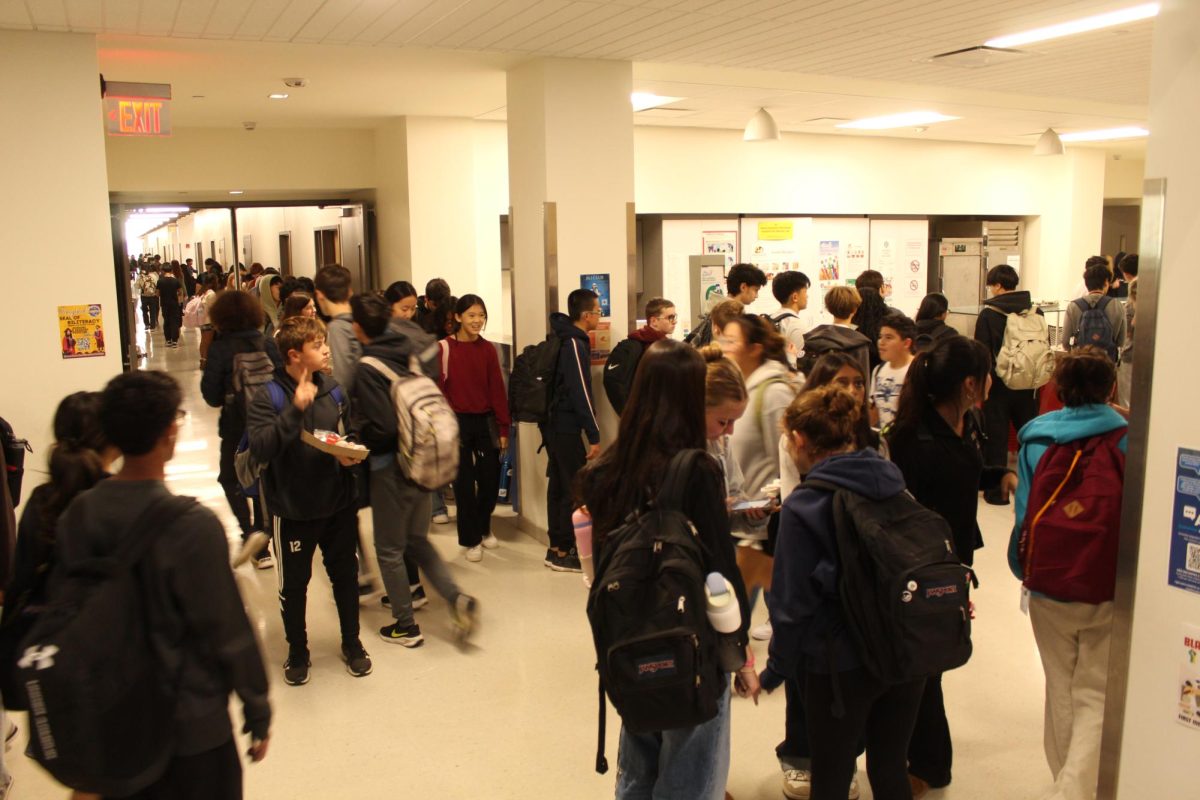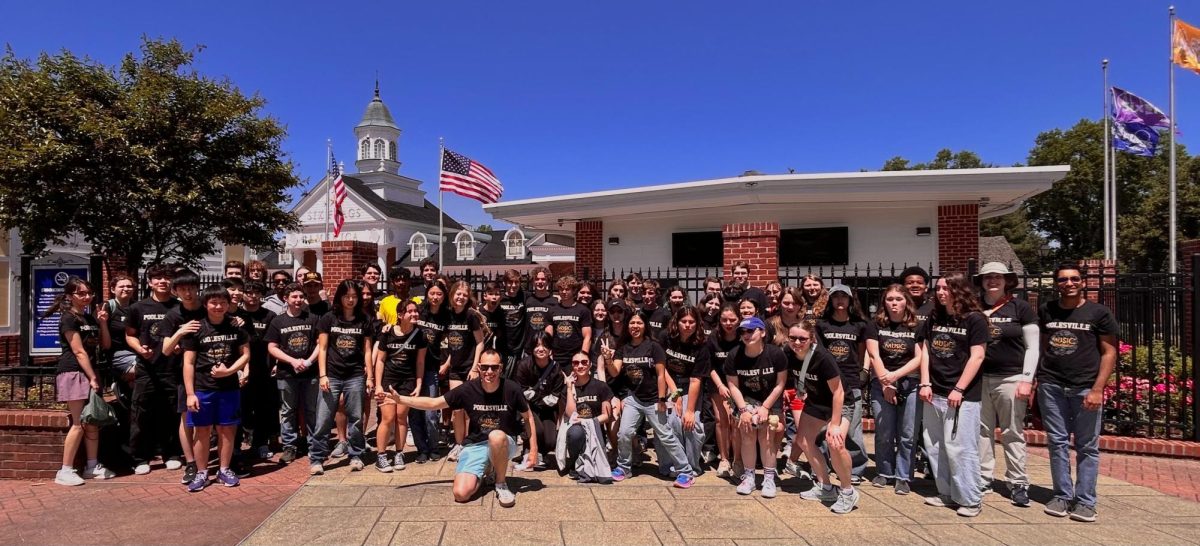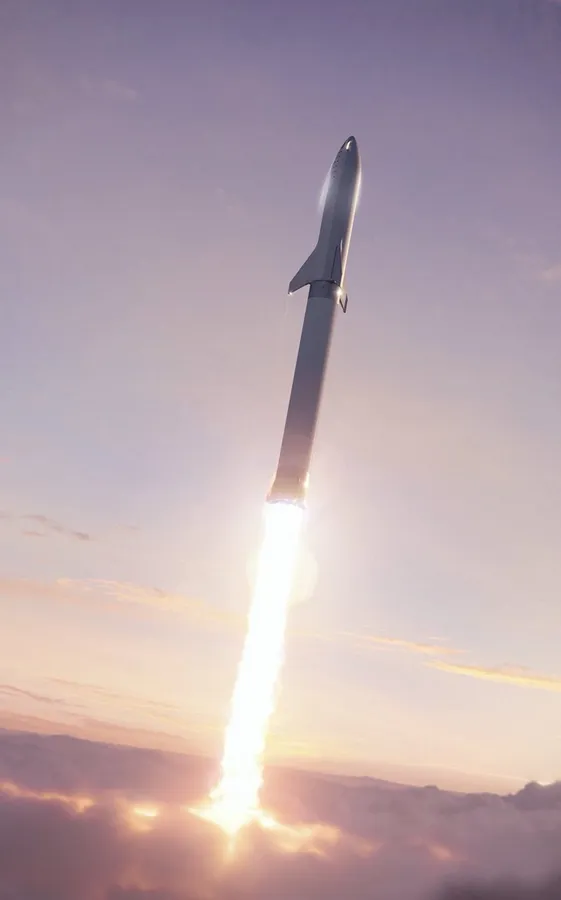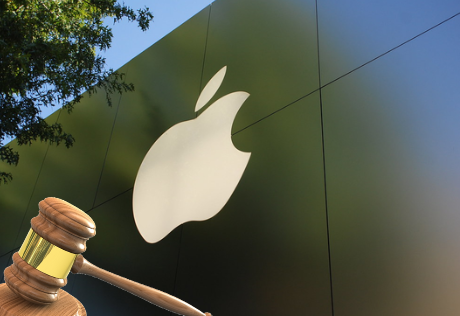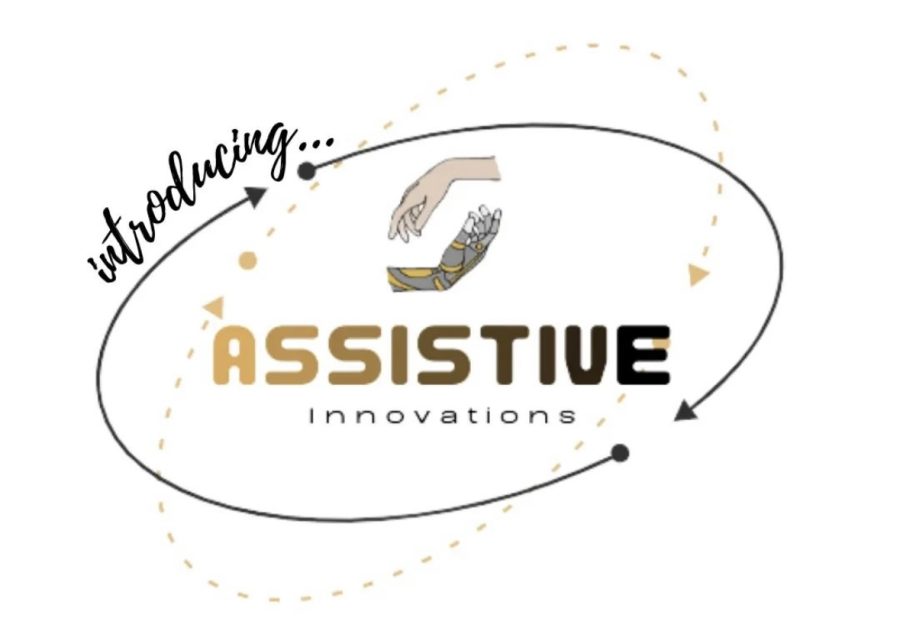Meteorology, the study of atmospheric dynamics is changing constantly. Now with advances in AI, its path is less clear, with some fearing job losses, and others embracing it. Currently, AI-based weather models have emerged to aid forecasters in the near future. This provides more data, but with AI advancing questions on job security have grown across the industry.
Artificial Intelligence is rapidly changing. In just the last decade, AI has become more accessible with it being reachable in just a few taps on a phone. This rapidly evolving subject has led to many questions across multiple fields, some concerned, some optimistic. AI works by looking at a large pool of data and understanding numerical patterns through the data, appearing as 1’s and 0’s to the AI model.
Currently, in the meteorological field, most forecasts use numerical models that use millions of data points, coded by individuals, to predict what may happen in the future within the atmosphere. Most models either run 4 times a day, or hourly, taking massive amounts of energy to output information. The GFS model, in particular, has a room of supercomputers just to output a model run every 6 hours every single day. These models take a lot of employees to upkeep, for the GFS alone, an entire floor in the National Weather and Climate Prediction Centers is dedicated to people who work on weather models. Looking at AI weather models, it’s different, taking less upkeep in the long run to do the same task of creating model runs.
Current predictions estimate a decline in manual-intensive jobs due to the automation of repetitive tasks. Looking into Meteorology, which includes tasks like forecast creation and weather models could be automated in the future. Potentially putting a risk on jobs in the public sector. Regardless, many meteorologists still believe the importance of communicating lies in the hands of people, not AI.
Science and technology teacher at Poolesville High School, Mr. Estep said, “We’re always gonna need the human to do the communicating.”
Google has made its own weather forecasting AI tool back in 2023, with results proving that it is more accurate than traditional numerical models. The tool, referred to as Graphcast, uses historical data and trends to create a forecast and requires less energy to create a model run than its traditional counterparts. These trends within the private sector show potential tools to support current meteorologists in both the private and public sectors. However, greater concerns lie with trust in corporations holding power in weather forecasting.
The National Weather Service, NOAA, has hosted workshops about AI in recent years through the NCAI, NOAA Center for AI. Additionally, with Google’s AI model being publicly released in June of 2025, more impacts will be felt from AI in the coming months, especially with Hurricane Season being around the corner.
Mr. Estep said, “The number of entry-level jobs appears that it will drop drastically, but I am not sure where it will go.” This reflects current sentiments in various fields, including Meteorology, where time is the biggest question with AI.

